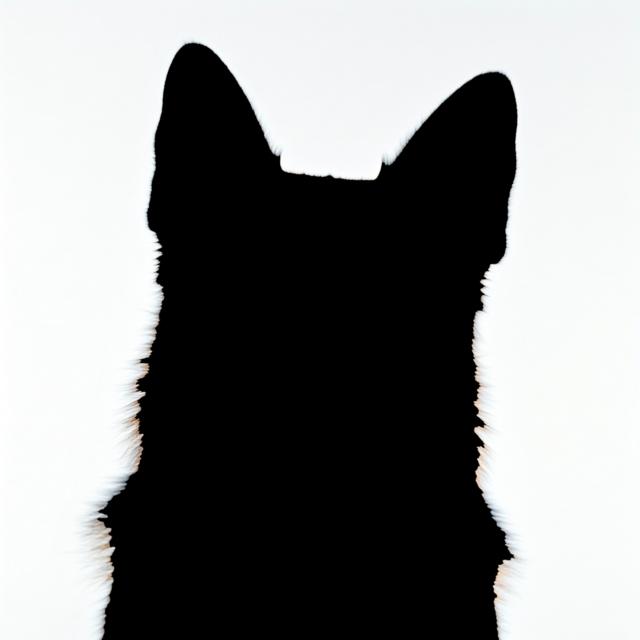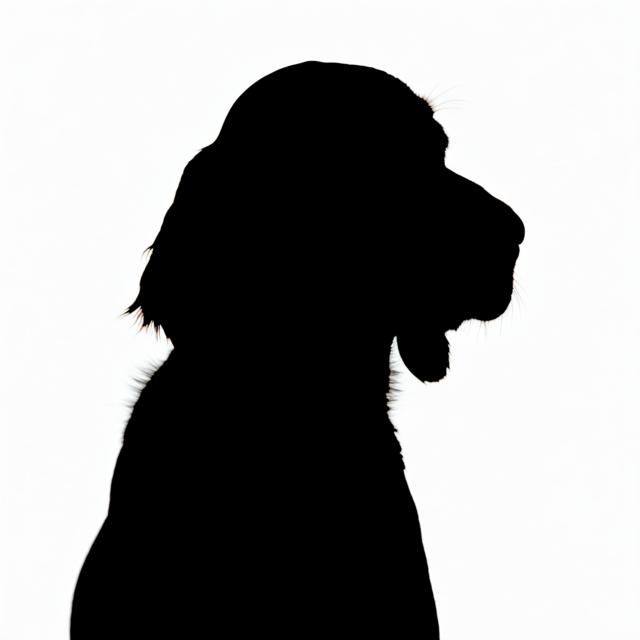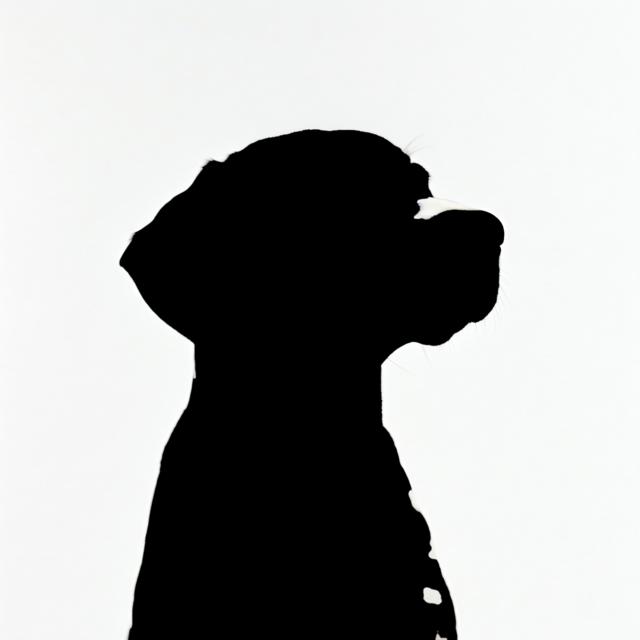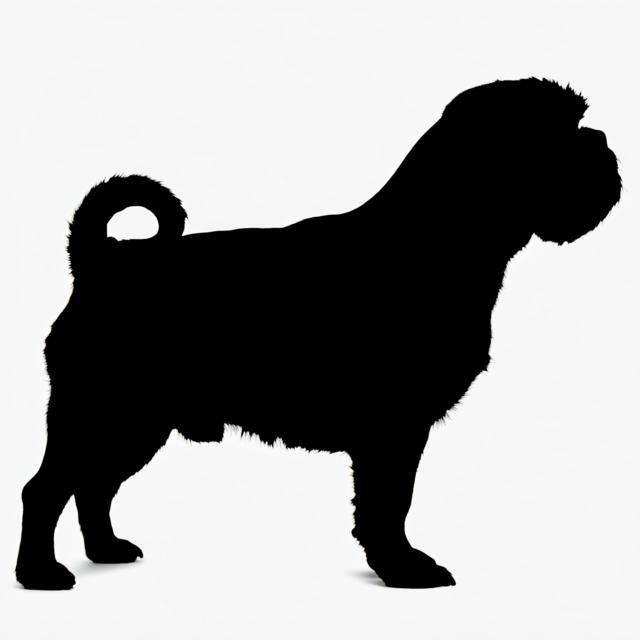| Head | - Medium size, well-proportioned to the body.
|
| Skull | - Slightly rounded on top, tapering from the widest point to the eyes.
|
| Ears | - Triangular, medium-sized, set high on the head, and carried erect.
|
| Eyes | - Almond-shaped, moderately spaced, can be brown, blue, or one of each (bi-eyed), or particolored.
|
| Nose | - Black in gray, tan or black dogs; liver in copper or light colored dogs; may be pink-streaked in white dogs.
|
| Muzzle | - Medium length and width, tapering gradually to the nose.
|
| Teeth | |
| Neck | - Medium in length, well arched.
|
| Forequarters | |
| Fore Legs | - Straight, moderately spaced.
|
| Hindquarters | |
| Hind Legs | - Straight and parallel when viewed from the rear.
|
| Feet | - Oval, compact, and well-furred between the toes.
|
| Tail | - Well furred, set on below the level of the back, carried in a sickle curve when alert.
|
| Gait | - Smooth, effortless, and seemingly tireless.
|
 akc
akc ankc
ankc ckc
ckc fci
fci nzkc
nzkc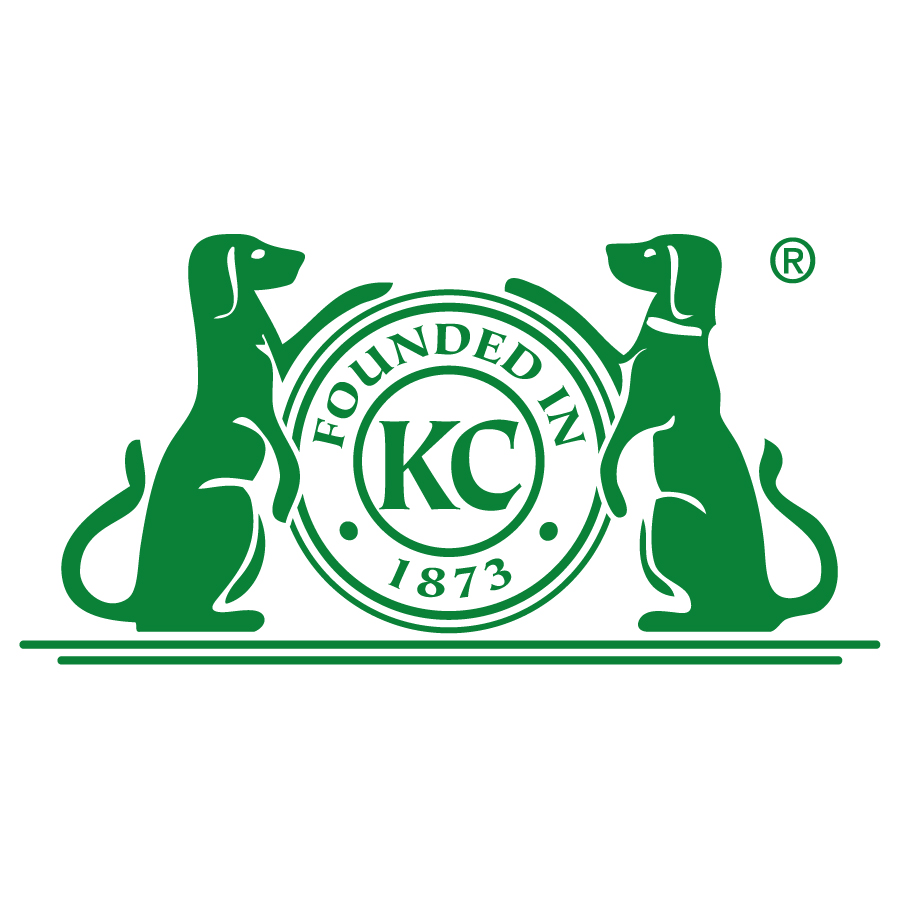 rkc
rkc ukc
ukc